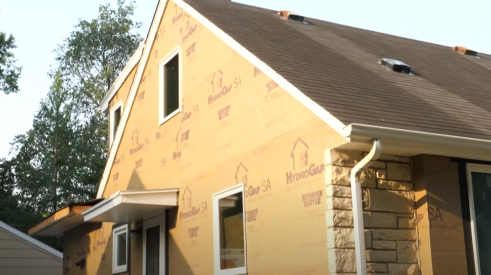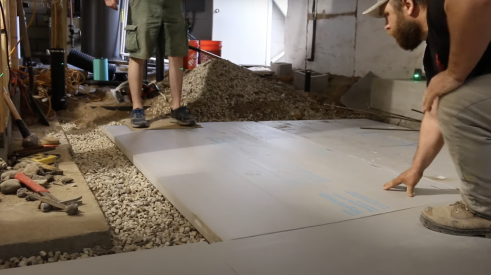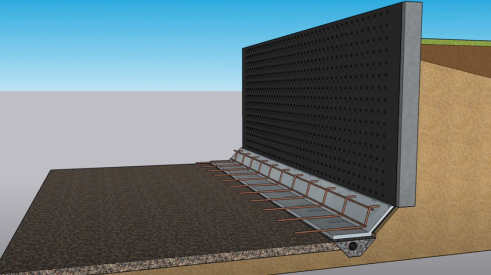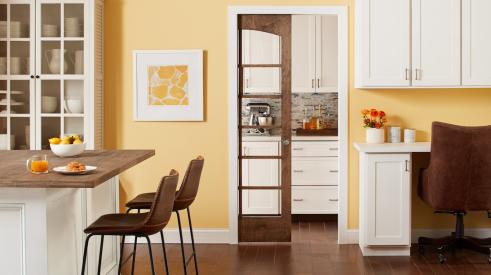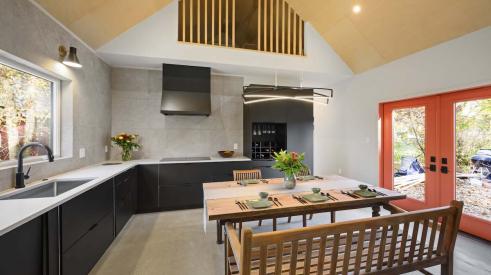In a perfect remodeling project, everything would be pre-specified precisely and no preexisting conditions would rear their ugly heads. Good luck with that!
Because the world is not perfect, allowances are necessary and often helpful to all parties. Yet they create problems as well. Here are five tips to mitigate the most common pitfalls.
1. Deal with drama up-front. Customer service issues often arise when the homeowner is surprised by something. (I teach my clients: “There are no good surprises in good customer service.”) If a remodeler avoids discussing the challenges that may arise later, they increase the chance that issues will occur. Instead, contractors should discuss what can happen with allowances, the financial ramifications, and the responsibilities of all involved.
2. Clarify the costs. Whatever method you use to disclose costs to the customer, I suggest making sure the homeowner agrees to a format in advance. Show past examples of allowances and the effect a specific selection has on the budget. This helps ensure there is no confusion about how calculations will be made with each allowance choice. Failure to do this up front can result in angry customers who think they can withhold payments near the end of the project.
3. Control the options. Technology has created a lot more product selection—too much, in fact. Now some faucets need an electrical feed, and the refrigerator requires a clear internet connection. If you let your customer shop with no careful guidelines, you are setting yourself up for challenges. This applies to designers as well. I often discover the designer or project manager was discussing options without regard for cost. They think that telling the customer, “This is over your budget,” is adequate to manage expectations—but it’s not. Much better to avoid discussing out-of-budget options in the first place. If the customer drags you kicking and screaming to consider a more expensive choice, ask how the total project budget will be affected. Get clear on the impact to his or her payments.
Show past examples of allowances and the effect a specific selection has on the budget. this helps ensure there is no confusion about calculations.
4. Think of each allowance as a specific sale. Each allowance has to be sold. That means understanding the selection priorities and needs, keeping any possible solution within budget, and involving the right people. Don’t let your top salesperson close a $200,000 job and then let an untrained employee “un-sell” it by improperly handling the allowances. Keep the salesperson involved, or give your employees the tools to be successful.
5. Share information with the designer. When a salesperson signs on a new customer to begin design, there is always a discussion of the total project budget. The salesperson has obviously already done some calculations for how much he or she is setting aside for countertops, cabinets, and fixtures. Unfortunately, these breakdowns are not always shared with the designer. The designer tries to make the customer happy, only to find out weeks later that the project is going over budget. When designers are guided by these up-front budget constraints, they have more success hitting the big budget at the end.
Add new comment
Related Stories
How to Weatherize Roof-Wall Intersections
Mitigating moisture between changes of materials and panes requires special attention
3 Steps for Installing House Wrap and a Rainscreen
ProTradeCraft's Building Resilience walks you through how to install a self-adhered house wrap, liquid flash obstructions, and top it off with a rainscreen
How to Insulate a Heated, Structural Slab with XPS
ProTradeCraft's Building Resilience season three starts with making a basement more comfortable
How to Retrofit Foundation Footings
To make a low-height basement a more comfortable living space, this remodeler digs deeper but needs to add support to do so
Crawl Spaces to Basements: Proceed with Caution
Converting a crawl space to other uses can upgrade a home and add significant value, but when done incorrectly, it can also be disastrous
Webinar: Project and Trade Management Musts—The New American Remodel 2023
Access the webinar here to learn project and trade management lessons from The New American Remodel 2023
How to Attach a Patio Roof to an Existing House
Discover expert tips on how to attach a patio roof to an existing house. Elevate your homeowner clients' outdoor living spaces with our comprehensive guide.
How To Improve Energy Performance in Existing Attics
There’s more to insulating the attic than attic insulation; there’s venting, air sealing, and misery
Model ReModel 2022: A Case Study in Sustainable, Thoughtful Construction
The eighth annual Model ReModel project features an accessory dwelling unit, designed for aging in place, attached to a 19th-century Victorian





